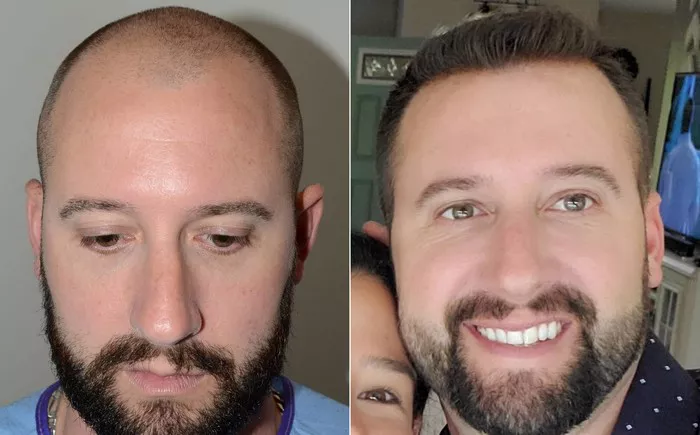If you’re considering a hair transplant, one of the most crucial factors to understand is the number of hair grafts that can be transplanted in a single session. This key aspect of the procedure plays a significant role in determining the outcome of your hair restoration journey. In this article, we will delve into the details of hair transplant sessions, the factors affecting graft count, and how to make the most out of your procedure.
Understanding the Basics of Hair Transplant Sessions
Comprehending the fundamentals of hair transplant sessions is essential for those considering this procedure. Hair transplants generally involve multiple sessions, each with distinct aspects. The initial consultation with a qualified surgeon is crucial for assessing suitability and planning the procedure. During the actual sessions, hair follicles from donor areas are carefully extracted and transplanted into balding regions. The number of sessions required varies based on individual needs and the extent of hair loss. Post-session recovery and aftercare are essential for optimal results. Understanding these basics empowers individuals to embark on their hair transplant journey with confidence, knowing what to expect at each step.
Factors Affecting the Number of Grafts in One Session
The following are factors that influence the number of grafts in a session:
1. Donor Area Density
The density and health of your donor area significantly impact how many grafts can be harvested. Patients with higher donor area density may be eligible for a larger number of grafts in one session.
2. Scalp Laxity
Scalp laxity refers to the flexibility of the scalp. A more elastic scalp allows for the removal of a larger strip of tissue in FUT procedures, potentially leading to a higher graft count.
3 .Surgical Team Experience
The experience and skill of the surgical team performing your hair transplant play a crucial role in maximizing graft counts. An experienced team can efficiently harvest and transplant grafts, optimizing the procedure’s success.
4. Graft Quality
The quality of the grafts, including their size, viability, and survival rate, impacts the number that can be transplanted. Healthy, robust grafts are more likely to thrive after transplantation.
How to Determine Your Ideal Graft Count?
Before your hair transplant, schedule a consultation with a hair restoration specialist. They will assess your individual needs, donor area, and goals to determine the appropriate graft count for your procedure.
While you may have a desired graft count in mind, it’s crucial to set realistic expectations based on your unique circumstances. Your specialist will provide guidance on what can be achieved safely and effectively.
Strategies to Maximize Your Hair Transplant Success
Here are strategies to maximize your hair transplant success:
1. Multiple Sessions
In cases where a significant number of grafts are required, multiple transplant sessions may be recommended. This approach ensures that the procedure remains safe and minimizes potential complications.
2. Post-Transplant Care
Following your hair transplant, diligent post-operative care is essential. This includes avoiding strenuous activities, adhering to medication regimens, and protecting the newly transplanted grafts from excessive sun exposure.
3. Patience Is Key
Hair transplant results take time to fully manifest. Be patient and realistic about the timeline for seeing the final outcome. Hair growth typically begins a few months after the procedure and continues to improve over the following year.
The Importance of Choosing a Reputable Clinic
Selecting a reputable hair transplant clinic is paramount to the success of your procedure. Research clinics in your area, read reviews, and seek recommendations from previous patients to ensure you choose a trusted provider.
Verify the credentials and certifications of the surgical team and the clinic. Board-certified surgeons and accredited facilities adhere to high standards of patient care and safety.
See Also: [Reveal!] Can You Get a Hair Transplant Without Anyone Knowing
In conclusion
The number of hair grafts that can be transplanted in one session depends on several factors, including the transplant method, donor area characteristics, and surgical team expertise. It’s crucial to consult with a qualified hair restoration specialist to determine the best approach for your unique situation and goals. By setting realistic expectations, maximizing graft quality, and choosing a reputable clinic, you can increase your chances of a successful and satisfying hair transplant experience. Remember that patience is key, as the final results may take time to fully materialize, ultimately leading to a more confident and revitalized you.


